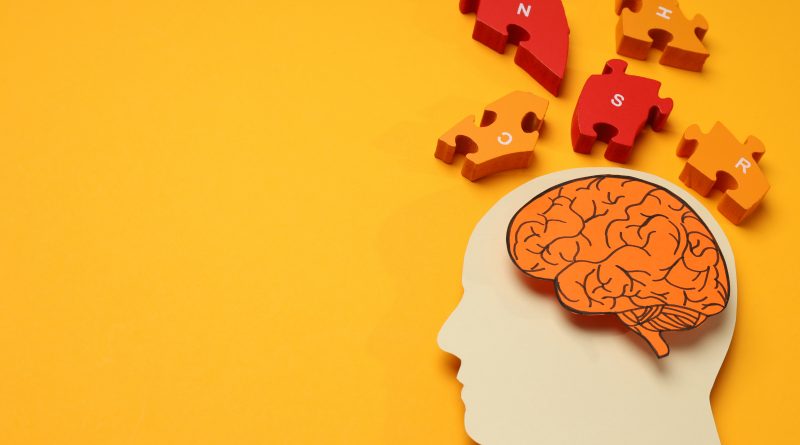Childhood Neurological Disorders
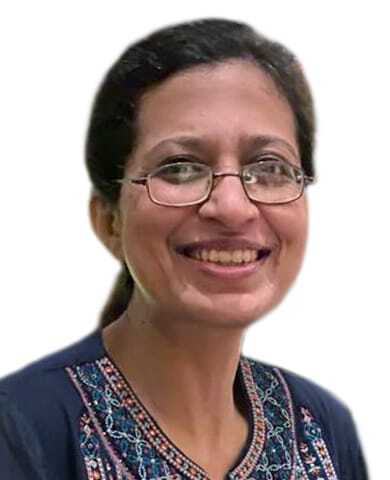
Anatomically, neurological diseases in children can affect the brain, spine, nerves, neuromuscular junction, or muscles. These illnesses might be the result of a static insult or symptoms of a progressive disorder…….
By Dr.Sheffali Gulati/ Dr.Sonali Singh
Life is intriguing in itself, but childhood makes it even more fascinating. During the first five years of life, the body and mind develop at a rapid rate. Brain maturation is maximum in the first two years of life. Any type of brain injury during this period can be devastating. Neurological problems in children can reveal itself in a variety of ways depending on their age. This variation is attributable to the influence of the brain’s physiological continuous development. As a result, a patient who has had a perinatal stroke will present differently than a child who has had a stroke later in life.
Developmental disorders often coexist with core neurological disorders. The common developmental disorders like autism spectrum disorder, intellectual disability, attention deficit hyperactivity disorders, etc can be present alone or in combination with stroke, cerebral palsy, epilepsy, degenerative disorders, etc.
Paediatric neurological disorders contribute in a big way to the global burden of neurological disorders due to the number of years lived with disability In India, the prevalence of paediatric neurological disorders in children (6 months to 2 years) was found to be 27.92 per 1000. Besides the physical disability of the child, the economic burden and emotional exhaustion faced by family often goes unnoticed. The caregivers themselves don’t realise their emotional burnout. Chronic paediatric neurological disorders require long term care.
Epilepsy is one paediatric neurology disorder that is riddled with myths and carries a high level of stigma. This is one disorder where two-thirds of the patients can be treated with one or a combination of two appropriately chosen anti-seizure medications

Cerebral palsy is a disorder of tone and posture. It is the most common cause of childhood disability. It results from a one-time insult to the developing brain. Neonatal period is the most vulnerable phase. Prematurity, ischemia, hypoxia, infection and several other factors are responsible for this vulnerability. All neonates who required admission at birth and are neonatal intensive care unit (NICU) graduates should be followed up closely for developmental assessment. These children will benefit a lot from early intervention to ensure developmental stimulation. In India, the most common hurdle in the management of children with cerebral palsy is the lack of knowledge among the parents regarding the importance of neuro-rehabilitation. The search for a magical medicine or alternative cure is futile if child is not provided with physical therapy, occupational therapy, speech therapy, visual rehabilitation, etc.
The emotional and economic burden faced by the caregivers, combined with lack of knowledge and motivation to continue with rehabilitation, leads to doctor shopping. Thus, the crucial period when therapy can lead to maximum improvement, is usually lost in search of an effective medication. Public awareness regarding cerebral palsy is crucial in changing the attitude of caregivers towards the non-pharmacological management of cerebral palsy.
Epilepsy
Epilepsy is one paediatric neurology disorder that is riddled with myths and carries a high level of stigma. This is one disorder where two-thirds of the patients can be treated with one or a combination of two appropriately chosen anti-seizure medications. And in the remaining third (known as drug resistant epilepsy), newer therapeutic modalities have come up. Despite the availability of these therapeutic options, most children remain untreated because seizures are perceived by many as a psychiatric illness or supernatural phenomenon. The delay in recognition of seizures as a medical illness, leads to delay in initiation of treatment. Epilepsy does not need lifetime treatment in most of the cases. In maximum cases medications can be tapered and stopped after child is seizure free for two years. Parents hesitate to inform their child’s school authority about the child’s illness. They fear that revealing the truth about their child’s illness may affect the child’s education and lead to bullying. Here again the public awareness can bring about a big change in the way children with epilepsy are treated.
Paediatric Stroke
Paediatric Stroke is another common neurological disorder. It is not as common as strokes in adults. It usually presents with weakness of a part of the body. It results due to compromised blood supply to a part of the brain. Resulting ischemia damages the part of the brain. Unlike adults, infection is a common cause of stroke in children. Paediatric stroke protocols are slightly different from adults. Neurorehabilitation has an important role to play in the long-term management of children with stroke. With rehabilitation full function recovery is possible, though variable amount of disability remains in few.
 Brain Infections
Brain Infections
Brain Infections can have short term or long-term sequelae, depending upon various agent as well as host factors. These usually present with fever, headache, vomiting, altered mental status, and seizures. Early recognition and timely management are crucial to treat brain infections. Sometimes the infectious organism can be very aggressive and lead to multiple complications. The common infecting organisms are bacteria, virus and tuberculosis. There are few organisms which are endemic to certain parts of India. Infection can be acute or chronic. If the infection is treated adequately without any complications, the patient recovers without any long-term sequelae.
There is another group of neurological disorders classified as autoimmune disorders. The body’s immune system protects the body against invading organisms. Sometimes a carbohydrate or peptide sequence of the organism may share similarities with sequences of human tissue. This is known as molecular mimicry. The antibodies produced by body to fight against the foreign antigens may start attacking its own cells. This leads to autoimmune disorders, where one’s hyperactive immune system is responsible for the illness. Disorders affecting the brain can be autoimmune encephalitis (grey matter affection) or autoimmune demyelination (white matter affection). Autoimmune disorders can also nerves, neuromuscular junction as well as muscles. These disorders require careful evaluation. Medications used to suppress the immunity like steroids, intravenous immunoglobulins are the usual therapeutic options. Sometimes long term immunomodulators may be required.
Another large group of neurological disorders are progressive degenerative diseases. These genetic disorders, usually run in families. They tend to have predilection for certain ethnic groups. Few genetic disorders, especially neurometabolic disorders, have treatment available. Timely identification is crucial to initiate therapy and prevent brain damage. Most of the genetic disorders have no cure. Researchers all over the world are studying newer medications to provide cure for these disorders in near future. As of now, careful screening of high-risk individuals before planning pregnancy, new born screening for common genetic disorders is available. Genetic counselling of the family with one affected child is very important for family planning.
Brain Infections can have short term or long-term sequelae, depending upon various agent as well as host factors. These usually present with fever, headache, vomiting, altered mental status, and seizures.
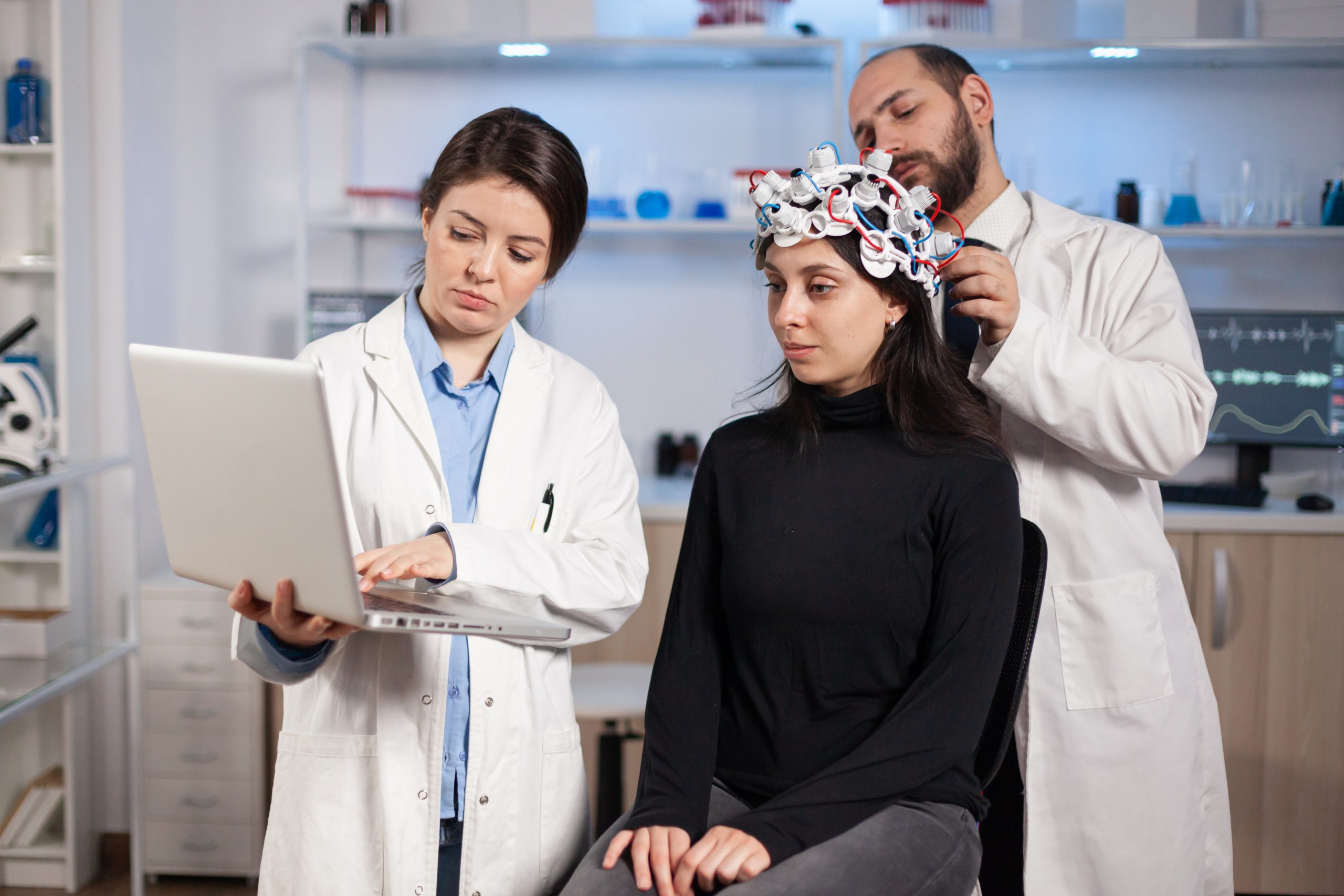
Paediatric neuromuscular disorders can be genetic or acquired. Few disorders like spinal muscular atrophy (SMA), Duchenne muscular dystrophy (DMD) have seen dramatic changes in their therapeutic approach in last couple of years. Newer medicines like Nusinersen, Risdiplam, Zolgensma have revolutionised the treatment of children with SMA. Steroid has long been the drug of choice for children with DMD, but agents like eteplirsen, viltolarsenetc are the newer promising agents. However, these medications are out of reach of common people. Supportive care is the most important part of the management of SMA and DMD. Multidisciplinary care of children with neuromuscular disorders is a must. Guillain Barre Syndrome (GBS) is the most common cause of acute flaccid paralysis in children. Intravenous immunoglobulins, steroids, plasma therapy are standard therapeutic options for GBS. Myasthenia Gravis is another disorder with good response to therapy. It affects the neuromuscular junction and usually presents with droopy eyelids.
When we talk about neurological disorders, there are few which are curable, others which are treatable and rest where no definite treatment is available. Children with neurological disorders without a cure, are managed symptomatically. Supportive care is crucial to improve functional capacity of these children and improve the quality of lives of these children.
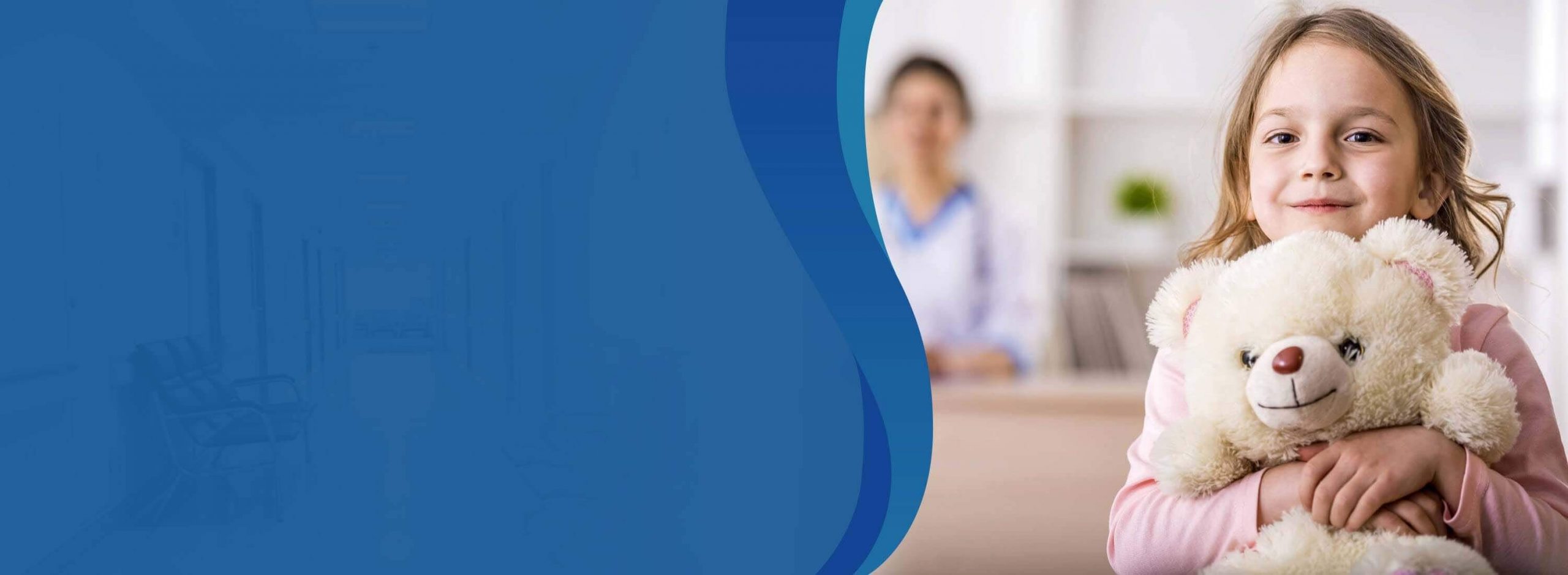
Another large group of neurological disorders are progressive degenerative diseases. These genetic disorders, usually run in families. They tend to have predilection for certain ethnic groups. Few genetic disorders, especially neurometabolic disorders
Paediatric diseases can be tricky, simply because children cannot explain their symptoms. The account given by the parents and careful examination of a child helps in the diagnosis of the illness. The situation worsened a lot during the last two years, when the health system was overwhelmed with patients suffering with Sars-Cov2 infection. Many modifications in the health services were brought about to provide the best possible care to children who could not attend the hospitals for routine follow ups. Video and teleconsultation services were carried out during the pandemic. These services made a major difference in the management of children with epilepsy. However, covid 19 pandemic also led to various direct as well as indirect neurological complications. Encephalitis and GBS have been reported with covid 19 infections in children.
Post covid, with resumption of regular medical services, a surge has been witnessed in children coming with behavioural issues. Most of the children are facing adjustment issues. Majority of the children with ASD or ADHD had worsening of symptoms over last two years. Very few children with physical disability continued with physiotherapy during the pandemic. Many children with epilepsy discontinued their anti-seizure medications without medical advice.
Thus, paediatric neurological disorders are diverse. Practice guidelines are available for most of the paediatric neurological disorders, which are routinely updated with the availability of new evidences. The pandemic affected the heath of children in a number of ways. It led to the disruption of regular paediatric neurology services.
profile
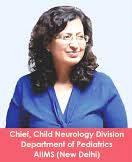 Professor Sheffali Gulati is presently working at All India Institute of Medical Sciences, New Delhi with part of the team which started first DM Pediatric Neurology Program in South Asia (2004) as Program Director (2008) She has contributed towards establishing Pediatric Neurology programs across India and SAARC countries.
Professor Sheffali Gulati is presently working at All India Institute of Medical Sciences, New Delhi with part of the team which started first DM Pediatric Neurology Program in South Asia (2004) as Program Director (2008) She has contributed towards establishing Pediatric Neurology programs across India and SAARC countries.
Over 25 years experience Dr Sheffali Gulati has developed Pediatric Neurology in India as a specialty- academics, clinical care, patient empowerment, research, advocacy and public health domains.
She has become first India recipient of National/International awards winner like Sheila Wallace Awardee (ICNA) in 2014, National Award winner for Science & Technology communication in 202, Fellowship Awardee, McGill University in 2006. She became Fellow, Royal College of Pediatrics and Child Health, UK, Fellow, National Academy of Medical Sciences/Indian Academy of Pediatrics/International Medical Science Academy.
She also won Global Genes Awards in 2022 Financial Advocacy in Rare (FAIR) Patient Impact Grants to Fund Impactful Programs in Rare Disease Communities. She is well for envisioned, conceptualized and heading Centre of excellence and advanced research for Childhood Neurodevelopmental Disorders in 2017, high quality care, high end research, education hub and National registry and National Child Neurology tele-helpline/ consultation.
.
Dr Gulati has been instrumental in transforming care for children with neurodevelopment disorders across India and her contributions in the field of epilepsy, autism and other neurodevelopment disorders are unmatched
With having more than 368 research publications Dr Gulati has established herself as role model for Neurodevelopment disorders including screening/diagnostic instruments, Drug refractory epilepsy including dietary therapies, Autism spectrum disorders, Cerebral palsy, SLD, and Neuromuscular disorders/ neuro rehabilitation. She has been recognized as scientific associations International Society for Autism Research, global senior leader, Association of Child Neurology, India and founder member (2002).
As Founder Member, Association of Child Neurology, Professor Sheffali Gulati is Coordinator, DM Pediatric Neurology Programme, Faculty In-charge, Centre of Excellence and Advanced Research for Childhood Neurodevelopmental Disorders and Chief, Child Neurology Division; Department of Pediatrics, All India Institute of Medical Sciences, New Delhi
She has also been posted as Indian Academy of Pediatrics, 2021, Executive Board Member, Indian Epilepsy Society, 2021, Co-Convenor, Pediatric Epilepsy Subsection, Indian Epilepsy Society 2020, INSAR (International Society for Autism Research) Global Senior Leader For India 2021-2023 and presently President Elect, Association of Child Neurology 2023-2025.

